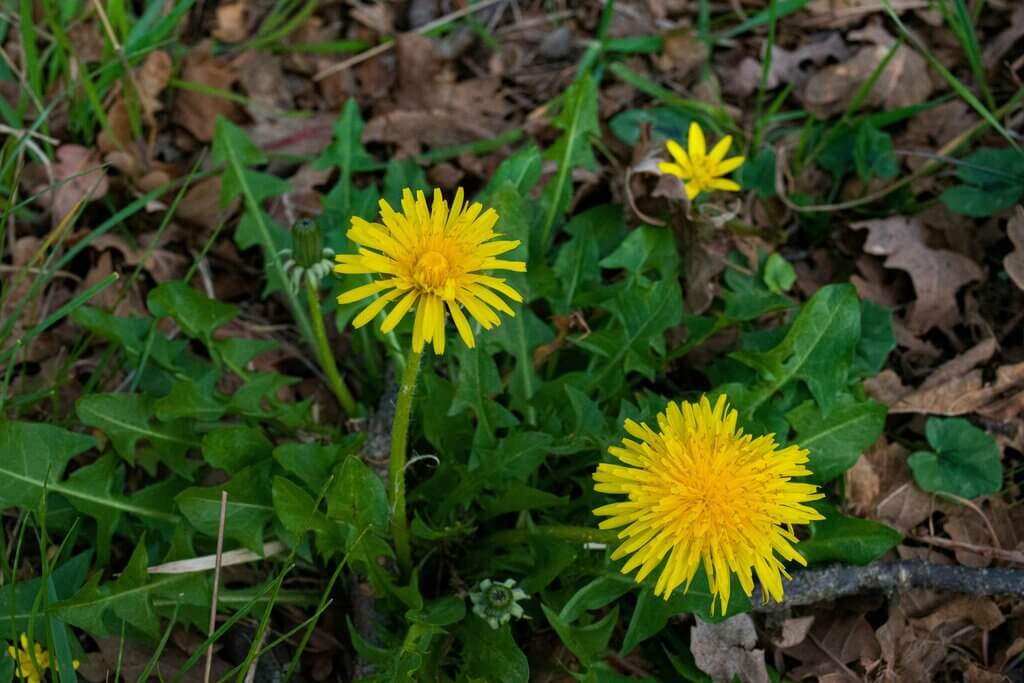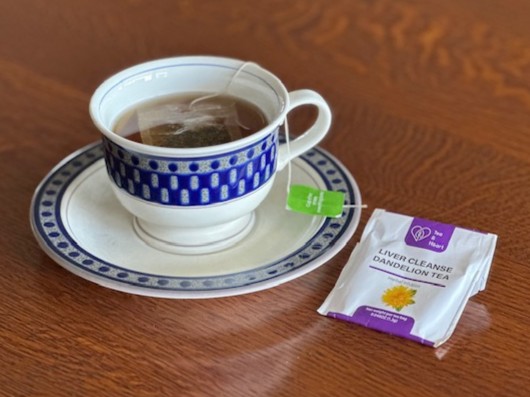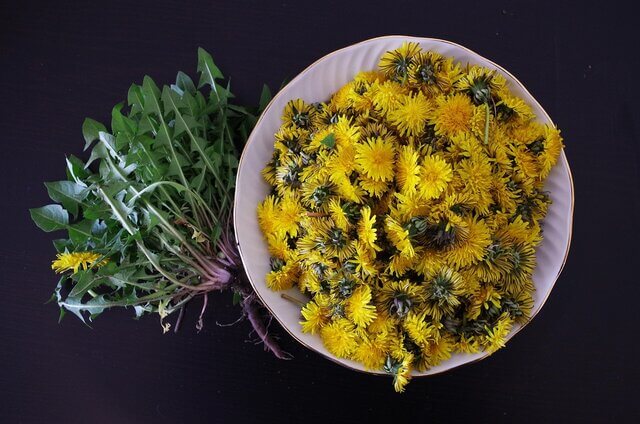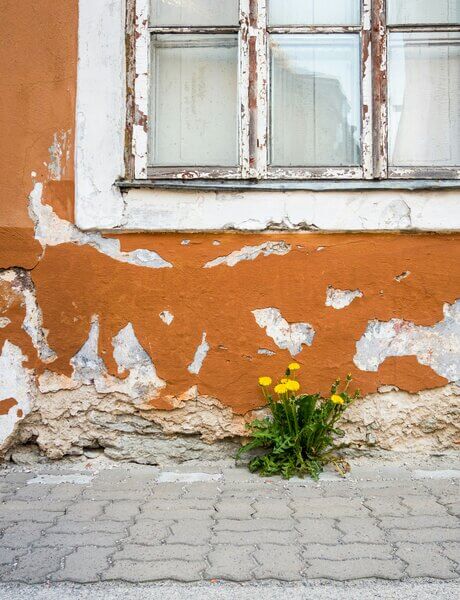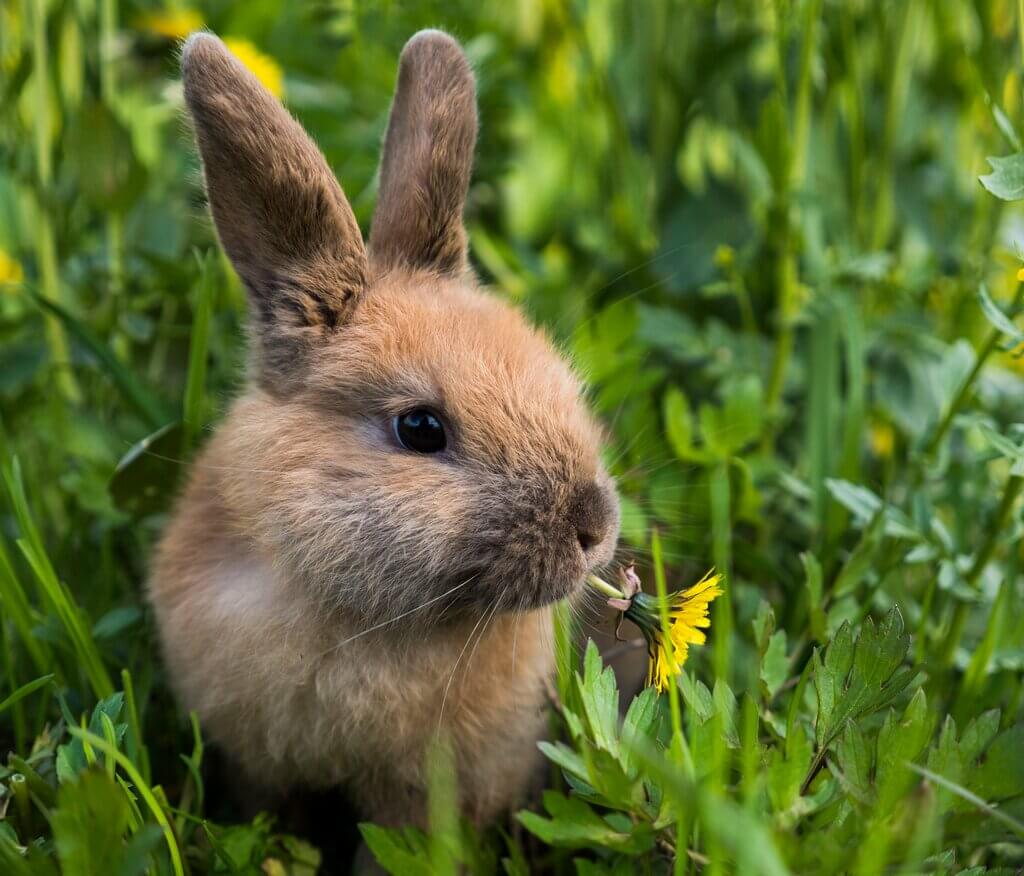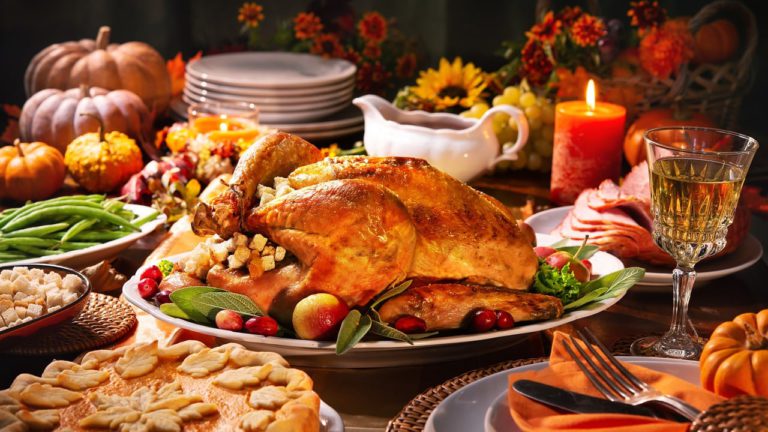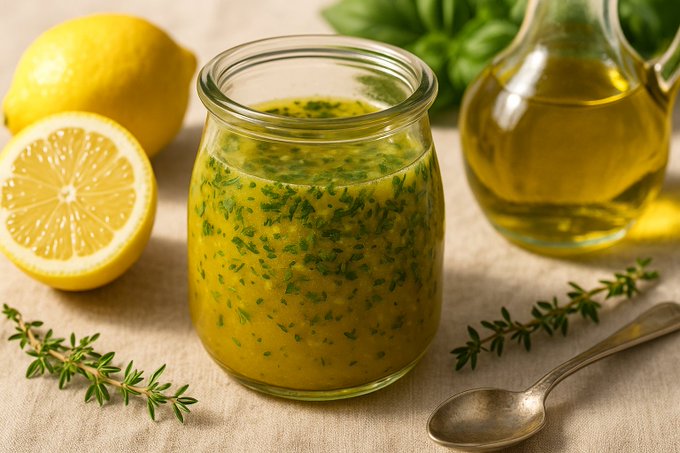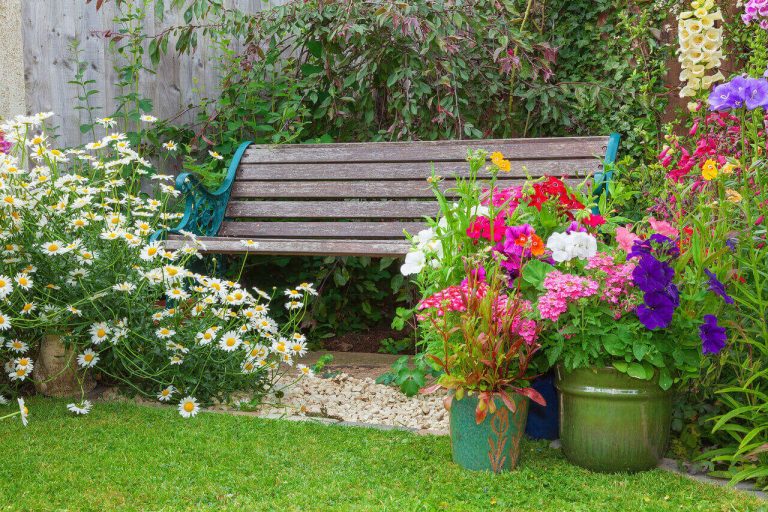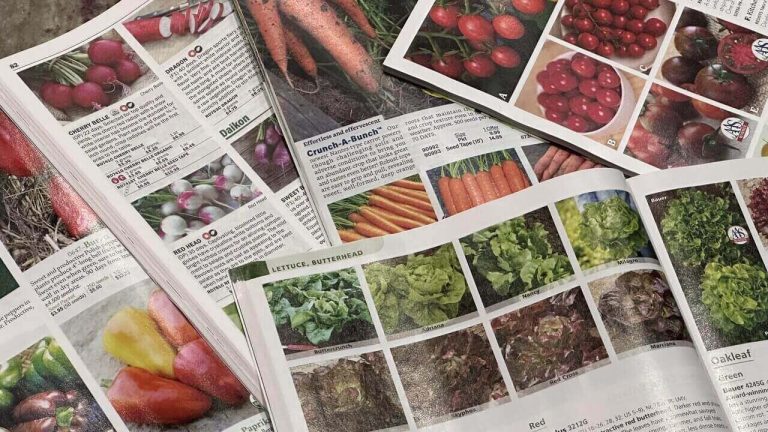Dandelion Benefits, Uses, and History: Why This Common Weed Deserves a Second Look
Dandelions spark different reactions in people. How you feel about dandelions depends a lot on your stage of life and your priorities.
As a child, they’re magical – those fuzzy, round seed heads are irresistible. You pick one, blow with all your might, and watch as the seeds dance away on the wind. As an herbalist, you might see them as a valuable healing plant, rich in history and natural medicine. And as an adult with a freshly mowed lawn, well… dandelions often feel like the enemy. Those stubborn yellow invaders that keep popping up, no matter how many you pull.
I’ve seen dandelions through all three of these lenses and still do. I know that blowing those seeds means I’ll likely have even more sprouting next spring. But I still find myself smiling as they float through the air. I’ve enjoyed dandelion greens in salads and turned to their vitamins to give my body an extra boost. And yes, I’ve spent plenty of time digging them out of garden beds and groaning at their persistence.
But like so many things in life, dandelions remind me that there’s often more good than we first realize. We just need to be willing to look closer.
What Is a Dandelion, Really?
Before we talk about dandelion tea, salads, or survival uses, let’s look at what this plant actually is, beyond its reputation.
The common dandelion (Taraxacum officinale) is a perennial herb in the Asteraceae family. This is the same plant family as sunflowers and daisies. What most people think of as a single flower is actually made up of hundreds of tiny florets. These form that bright yellow bloom we see in early spring. As the flower matures, it becomes the well-known seed head. This is often called a “puffball.” It’s filled with wind-dispersed seeds designed to travel far and wide.
The plant’s jagged, deeply toothed leaves grow in a rosette shape at ground level. This earned the name “dandelion,” derived from the French dent de lion, meaning “lion’s tooth.” Beneath the surface lies a long, thick taproot that anchors the plant deep into the soil. It stores nutrients, making dandelions incredibly resilient and hard to remove fully.
Every part of the dandelion is both edible and medicinal. The leaves are packed with vitamins and minerals, making them a nutritious addition to meals. The bright yellow flowers are rich in antioxidants and offer a mildly sweet flavor. It works well in teas, syrups, or even baked goods. Beneath the surface, the root serves as a powerful digestive and liver tonic, especially when dried and roasted.
Once you get past its reputation as a weed, the dandelion reveals itself as a true multitasker. It’s a wild food, a healing herb, and a quiet contributor to pollinators and soil health alike.
Disclosure: This post may contain affiliate links, meaning if you decide to purchase via my links, I may earn a commission at no additional cost to you. As an Amazon Associate, I earn from qualifying purchases. See my disclosure policy for more information.
The Incredible Nutrition and Health Benefits
You might be surprised to learn that dandelions are actually more nutritionally dense than many of the greens you’ll find at the grocery store. This so-called weed is truly a superfood in disguise. It offers a powerful mix of vitamins, minerals, and plant-based compounds that support overall health.
They’re rich in vitamins A, C, and K, along with several B vitamins. They provide essential minerals like iron, calcium, magnesium, potassium, and manganese. Dandelions also contain inulin, a prebiotic fiber that supports gut health. And also polyphenols and flavonoids that help fight inflammation. Even their chlorophyll content plays a role in detoxification and energy production.
Each Part of a Dandelion is Beneficial
Every part of the plant contributes something valuable. The leaves are loaded with vitamins A and K, along with calcium and potassium, and are known for their gentle diuretic effect. Unlike pharmaceutical diuretics, which can deplete the body of important nutrients, dandelion leaves help the body shed excess water while continuing to replenish vital minerals. The sunny yellow flowers contain antioxidants like luteolin and beta-carotene. These have a subtle sweetness that works well in teas, syrups, or even homemade fritters.
The roots, often overlooked, are particularly rich in inulin and bitter compounds that support liver and digestive health. When roasted, they take on a nutty, earthy flavor and can be brewed into a caffeine-free coffee alternative. I like to keep dandelion tea in my pantry and enjoy a cup every now and then. It’s grounding and a little bit bitter in the best way.
Herbalists and foragers have long appreciated dandelions not just for their nutritional and medicinal value, but because they’re widely accessible, sustainable, and completely free. You don’t need special equipment or a particular climate, just a clean patch of ground and a little patience with this persistent, generous plant.
While these nutrients offer clear value, the deeper story of dandelions lies in how they’ve been used throughout history, and how current research is beginning to validate many of those time-tested uses.
Dandelions in Traditional and Modern Medicine
Long before dandelions were ever labeled as weeds, they were respected and relied upon in traditional healing systems around the world. From ancient medical texts to hands-on folk remedies, cultures across continents recognized dandelions as a powerful plant that supports the body’s natural ability to heal and rebalance.
In Traditional Chinese Medicine, dandelion, known as Pu Gong Ying, has been used for centuries to clear internal heat, reduce inflammation, and support liver and digestive function. In the Middle East, Arabic and Islamic medical writings dating back to the 10th century describe dandelion as a remedy for liver issues and a natural purifier of the blood.
European folk healers saw it as the ideal spring tonic, a seasonal plant that stimulated appetite, flushed excess water from the body, and helped “cleanse the blood” after a long winter. Among Native American tribes, dandelion had a place in healing traditions as well, used for kidney health, digestive discomfort, and even as a poultice for external wounds and sores.
Across all these systems, the common thread is striking: dandelion was recognized as a multi-purpose herb that nourished the liver, supported the kidneys, eased digestion, and boosted overall vitality. Today, modern science is beginning to confirm much of what these traditions long understood intuitively.
Modern Science: What We Know Now
Cancer Research (Especially Colon Cancer)
Recent lab studies have shown that dandelion root extract can trigger apoptosis, a natural process of programmed cell death, in certain cancer cells, including colon and blood cancers. What makes this exciting is that dandelion seems to target cancer cells without harming healthy cells, something most conventional treatments struggle with.
Note: These results are from in vitro (lab) and animal studies. While promising, we don’t yet have large-scale human trials. It’s not a replacement for treatment, but it’s worth watching.
Blood Sugar and Diabetes Support
Dandelion root contains inulin, a prebiotic fiber that nourishes healthy gut bacteria and may support better insulin sensitivity and glucose regulation. Some studies in diabetic mice showed reduced blood sugar and oxidative stress when given dandelion extracts. For those with insulin-dependent diabetes, this could be an area worth exploring, always under medical guidance.
Anti-inflammatory and Antimicrobial Properties
Dandelion is rich in antioxidants and natural compounds like taraxasterol, which have been shown to fight inflammation. It also exhibits antibacterial and antifungal effects against common pathogens like Staph and Candida, which is helpful for those with compromised immune systems or chronic infections.
So whether you’re sipping dandelion root tea, blending the leaves into your salad, or applying it topically, you’re tapping into centuries of healing tradition, and a growing body of modern research.
Where Dandelions Grow and Why They Thrive
Dandelions are one of the most widespread, and stubbornly resilient, plants on Earth. Found on every continent except Antarctica, they’ve adapted to thrive in a wide range of environments, from sidewalk cracks in busy cities to wild meadows and high-altitude mountain slopes.
Originally native to Europe and parts of Asia, dandelions were intentionally brought to North America by European settlers for their medicinal and culinary value. Within a few centuries, they spread across the continent, and across the world, thanks to their remarkable ability to grow in almost any soil and climate.
Today, you’ll find dandelions in lawns and pastures, along roadsides and vacant lots, in fields, gardens, and even rooftops, and in urban parks, forest clearings, and even high-elevation areas
They grow best in temperate climates but can survive hot, cold, wet, or dry conditions with surprising ease.
Why They Spread So Easily
Dandelions spread so easily because they’re built for survival. Their long, deep taproot acts like a nutrient reservoir, storing energy and drawing up minerals from deep within the soil. Even if most of the plant is removed, a small piece of root left behind can regenerate a brand-new plant.
Their seed heads, those familiar puffballs children love to blow, are equally impressive. Each one can release up to 200 lightweight seeds that float effortlessly on the wind, traveling long distances and settling wherever there’s open soil.
What’s more, dandelions can reproduce without pollination through a process called apomixis, meaning a single plant can produce a whole new generation on its own. Add to that their rapid life cycle, sprouting, blooming, and going to seed in just a matter of weeks, and it’s no wonder they’ve earned a reputation for being nearly impossible to get rid of.
Ecological Value
While many homeowners dread seeing them pop up, dandelions play an important ecological role. They’re often one of the first blooming plants in spring, offering early food for bees, butterflies, and pollinators when little else is available. Their roots also break up compacted soil, draw up minerals, and help prevent erosion.
In short, dandelions aren’t just surviving in our modern world, they’re thriving. And they’re doing it while quietly supporting the health of our soil, insects, and even humans.
From Weed to Wonder: Culinary Uses
Once you realize how nutritious and versatile dandelions are, it’s hard not to see them as a valuable wild food source rather than a nuisance. Every part of the plant is edible, the leaves, flowers, and roots, and each offers its own flavor and function in the kitchen.
Dandelion Leaves Are the Most Used
Dandelion leaves are perhaps the most commonly used culinary part of the plant. When harvested young in early spring, they’re tender and mildly bitter, with a flavor similar to arugula or endive. These early leaves are perfect raw in salads or lightly wilted in a pan with olive oil and lemon juice. As the plant matures, the bitterness intensifies, but that doesn’t mean they’re off the menu. Older leaves can be blanched to mellow their flavor or added to soups, pestos, or green smoothies for a nutrient boost.
Dandelion Flowers are Often Overlooked
The flowers, often overlooked, are not only edible but also slightly sweet and earthy. They can be sprinkled on top of salads for color, added to muffins or breads, or used to make fritters, a classic foraged treat. Some people infuse the petals into honey or create dandelion syrup to drizzle over pancakes or oatmeal. Dandelion flower wine was once a common homemade beverage in rural communities, celebrated for its floral complexity and deep yellow hue.
Using the Dandelion Root
Then there’s the root, which might be the most medicinal part of the plant. When roasted and ground, it takes on a nutty, earthy flavor remarkably similar to coffee, without the caffeine or acidity. Many herbalists brew dandelion root tea as a daily liver tonic, and it also works beautifully in herbal coffee blends with chicory or burdock. The roots can also be simmered in broth or used in decoctions as part of a detoxifying blend.
Whether you forage them from your backyard or purchase them dried from a herb supplier, dandelions offer a deep connection to seasonal eating. They remind us that food doesn’t have to be expensive or foreign to be healing, it can come from the very ground beneath our feet.
Symbolism, Survival, and Folklore
Dandelions are more than just edible plants or stubborn weeds, they’re rich in symbolism and deeply woven into cultural traditions around the world. Despite their humble appearance, they’ve long been seen as a sign of resilience, transformation, and hope.
In many cultures, dandelions symbolize the power to endure and thrive in less-than-ideal conditions. Their ability to grow in cracks, push through pavement, and return stronger after each attempt to remove them has made them a living metaphor for perseverance. People have associated dandelions with the idea of overcoming hardship and bouncing back even after being cut down, a trait many admire in others and hope to embody themselves.
Dandelions are also closely tied to childhood and wishes. The tradition of making a wish while blowing on a dandelion seed head is nearly universal. As the seeds float away, they’re said to carry dreams, intentions, or prayers into the world, an image both poetic and enduring. In folklore, dandelions have been linked to divination, emotional healing, and even communicating with the spirit world, depending on the region and tradition.
For herbalists and survivalists, the dandelion’s presence signals more than symbolism; it represents a reliable ally in nature. When food is scarce or medicine is needed, the dandelion often grows nearby, offering itself as a source of nourishment and healing. It’s included in many foraging guides and survival manuals not just for its abundance, but because it’s one of the few wild plants that can meet multiple needs: food, hydration, vitamins, and detox support – all in one.
The more you learn about dandelions, the easier it becomes to understand why they’ve captured human imagination for centuries. They’re wild, stubborn, beautiful, and, despite being pulled, sprayed, and scorned, they remain.
How to Remove Dandelions—If You Decide Not to Keep Them
Even with all their benefits, not everyone wants dandelions taking over the yard. And that’s okay. You can appreciate a plant for its nutritional and medicinal value while still preferring a tidy lawn or protecting space for other flowers or vegetables. If you decide dandelions aren’t welcome in your landscape, there are a few ways to manage them without resorting to harsh chemicals.
The most effective approach is to remove them by hand, ideally after a rain when the soil is soft. This makes it easier to loosen and extract as much of the taproot as possible. While the common advice is to get the entire root, that’s easier said than done, some dandelions develop roots over a foot long. Fortunately, you don’t need to remove every inch to weaken the plant. If you can get the top few inches and disturb the crown, you’ll often prevent regrowth, especially if you’re consistent. A sturdy weeding knife, fork, or even a flathead screwdriver can work well for this.
For larger areas, smothering the ground with a thick layer of cardboard, mulch, or a tarp can block sunlight and eventually kill off dandelions. This takes time and patience but avoids damaging the surrounding ecosystem. Another long-term method is to encourage healthy lawn growth; a dense, well-maintained lawn with high mowing blades will naturally outcompete dandelions and reduce their ability to take hold.
Chemical Herbicides to Remove Dandelions – A Last Ditch Choice
While some people turn to chemical herbicides, it’s worth noting that many commercial weed killers can harm pollinators, contaminate soil, and pose health risks to pets or children. Boiling water or vinegar-based sprays are sometimes used as natural alternatives, but even those can affect nearby plants and soil life.
And if you’re going to the trouble of removing dandelions, you might as well put them to good use. The leaves can be eaten, the flowers turned into syrup or tea, and the roots roasted for a cozy, caffeine-free drink. If you’re going to dig them up, why not enjoy the benefits on the way out?
Final Thoughts…
I’ve come to appreciate dandelions more deeply over the years, even when I’m pulling them from between bricks or digging them out of garden beds. They’ve taught me that usefulness and beauty don’t always come wrapped in tidy packages. Sometimes they show up wild and stubborn, with deep roots and wind-borne dreams.
And maybe one of my favorite things about dandelions is watching the wild rabbits in my yard enjoy them as much as I do. They go straight for the puffballs, grabbing the stem at the base, lifting their heads, and munching until the whole thing disappears into their mouths. Then off they hop, content and curious, in search of the next tasty morsel. It’s a small reminder that what we often dismiss still holds value for us, and for the creatures we share the land with.
Whether you choose to harvest them, heal with them, or simply observe them with a bit more respect, dandelions offer something meaningful. They remind us to look a little closer at what we’ve been told to discard, and maybe even change our minds.
I’m Kim Nelson, a writer, entrepreneur, and Master Gardener. Join me at VeggieGardenHQ.com for practical gardening tips and to grab your free guide, Grow These Three Vegetables Anywhere Year-Round. Ready to stay organized and grow your most productive garden yet? Take a look at my Garden Planner, designed to help you plan, track, and thrive in any space.

